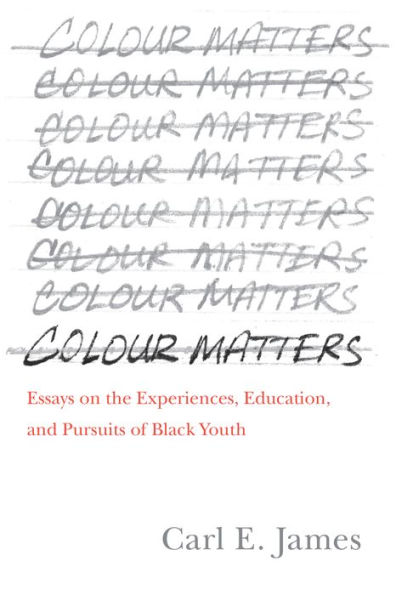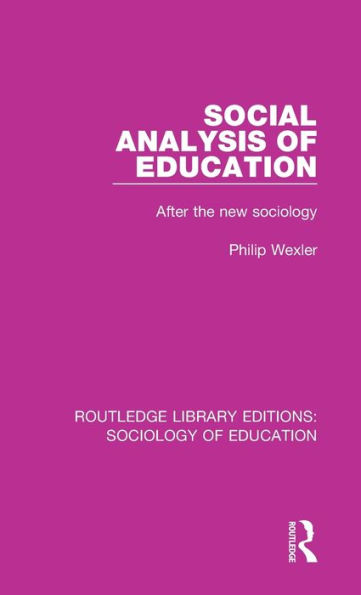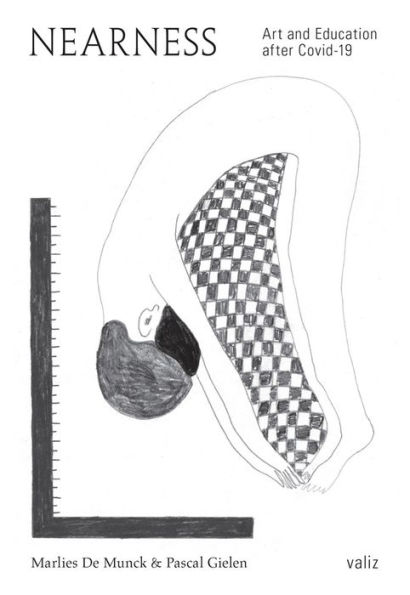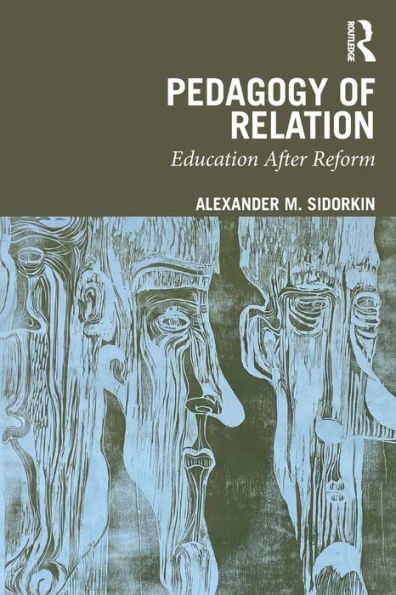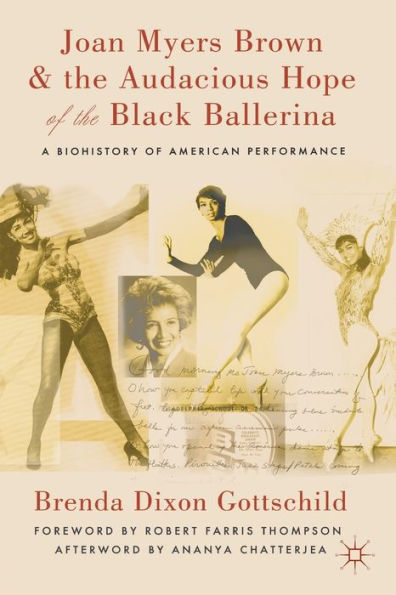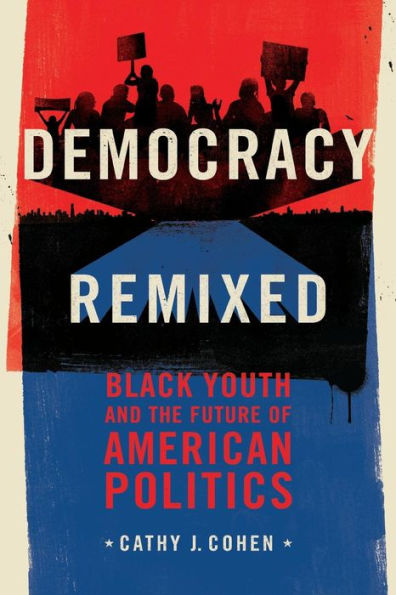Home
Audacious Agitation: The Uncompromising Commitment of Black Youth to Equal Education after Brown
Barnes and Noble
Loading Inventory...
Audacious Agitation: The Uncompromising Commitment of Black Youth to Equal Education after Brown
Current price: $126.95
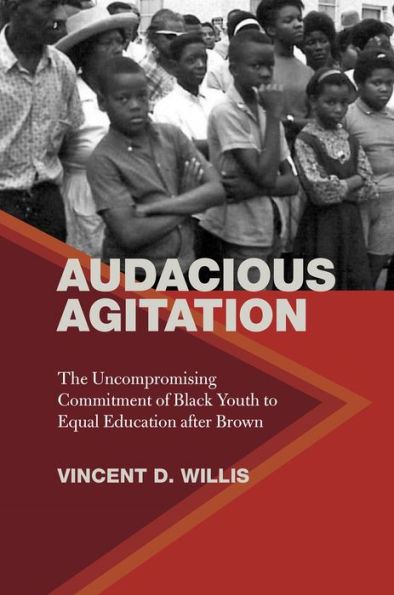
Barnes and Noble
Audacious Agitation: The Uncompromising Commitment of Black Youth to Equal Education after Brown
Current price: $126.95
Loading Inventory...
Size: Hardcover
*Product information may vary - to confirm product availability, pricing, shipping and return information please contact Barnes and Noble
In the decade after the landmark 1954
Brown v. Board
decision, it became clear to students, parents, and community members alike that court cases were insufficient in the pursuit of educational justice. This book explores what made it difficult for educational equality to become obtainable after the
Brown
decision as well as the resilience and activism of younger Black students who sought to enforce equality—even when the government could not. The 1954 ruling enabled public schools to reach a degree of desegregation but did not enable them to become “the learning institutions they could have become” due to the actions of white officials and local white communities who construed Black youth’s articulation of educational redress as “adversarial” instead of as a “communal enterprise.” Importantly,
Audacious Agitation
does not portray Black youth as objects of study but rather highlights their powerful agency in increasing opportunity for themselves through the educational system.
Brown v. Board
decision, it became clear to students, parents, and community members alike that court cases were insufficient in the pursuit of educational justice. This book explores what made it difficult for educational equality to become obtainable after the
Brown
decision as well as the resilience and activism of younger Black students who sought to enforce equality—even when the government could not. The 1954 ruling enabled public schools to reach a degree of desegregation but did not enable them to become “the learning institutions they could have become” due to the actions of white officials and local white communities who construed Black youth’s articulation of educational redress as “adversarial” instead of as a “communal enterprise.” Importantly,
Audacious Agitation
does not portray Black youth as objects of study but rather highlights their powerful agency in increasing opportunity for themselves through the educational system.
In the decade after the landmark 1954
Brown v. Board
decision, it became clear to students, parents, and community members alike that court cases were insufficient in the pursuit of educational justice. This book explores what made it difficult for educational equality to become obtainable after the
Brown
decision as well as the resilience and activism of younger Black students who sought to enforce equality—even when the government could not. The 1954 ruling enabled public schools to reach a degree of desegregation but did not enable them to become “the learning institutions they could have become” due to the actions of white officials and local white communities who construed Black youth’s articulation of educational redress as “adversarial” instead of as a “communal enterprise.” Importantly,
Audacious Agitation
does not portray Black youth as objects of study but rather highlights their powerful agency in increasing opportunity for themselves through the educational system.
Brown v. Board
decision, it became clear to students, parents, and community members alike that court cases were insufficient in the pursuit of educational justice. This book explores what made it difficult for educational equality to become obtainable after the
Brown
decision as well as the resilience and activism of younger Black students who sought to enforce equality—even when the government could not. The 1954 ruling enabled public schools to reach a degree of desegregation but did not enable them to become “the learning institutions they could have become” due to the actions of white officials and local white communities who construed Black youth’s articulation of educational redress as “adversarial” instead of as a “communal enterprise.” Importantly,
Audacious Agitation
does not portray Black youth as objects of study but rather highlights their powerful agency in increasing opportunity for themselves through the educational system.
